Hudhayfa, a post-2000 mathematics student, successfully built a miniature nuclear fusion reactor in his bedroom with the help of AI assistant Claude3.5 in just four weeks, triggering a heated discussion on the Internet. This not only demonstrates the huge potential of AI-assisted learning, but also reflects the innovative spirit and enthusiasm for scientific exploration of the younger generation. Hudhayfa's success is no accident. He made full use of network resources and received the help of many engineers to overcome many technical difficulties. The entire process, from parts procurement to system building, is documented in detail on his social media, providing valuable experience to other enthusiasts.
Not long ago, artificial intelligence Claude3.5 helped an engineer write 3,000 lines of code in a week. Now, another post-2000 mathematics undergraduate student built a miniature nuclear fusion reactor in his bedroom with the help of this "AI assistant", shocking countless netizens.
Hudhayfa has no hardware experience, but he has determination and AI assistant Claude3.5. From understanding the parts to designing and assembling them, every step is documented on his social media. In the first week, he became familiar with the use of the McMaster Carr; in the second week, as parts began to arrive, he began to design the main cavity and assemble the half-bridge flow converter.
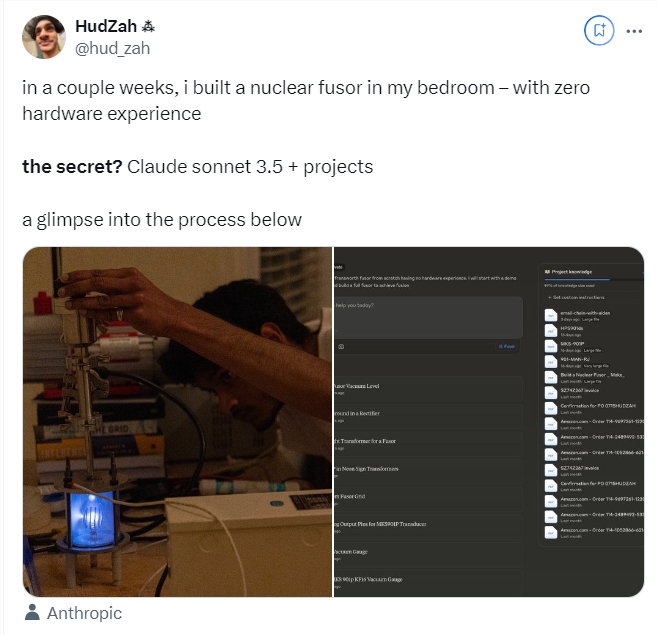
By the third week, Hudhayfa was setting up a system in his bedroom and learning to connect NSTs (Neon Light Transformers). Don't have a multimeter? No problem, he used an Arduino to check the circuit connections. He also set up the vacuum and measurement system using the MKS-901p sensor. Claude's assistance allowed him to track down the vacuum leak and reduce the pressure to 25 microns within a week, which was the trickiest part of the entire project.
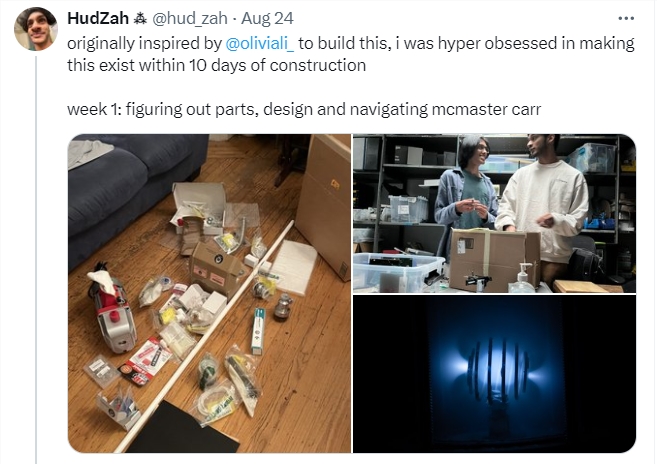
In the fourth week, Hudhayfa found a suitable NST, a 12kV neon transformer that successfully generated plasma at 4kV and 12mA. He used the formula 10^ (v-6) to calculate the ideal vacuum degree. Although this experiment failed to achieve fusion, it demonstrated the potential of combining the Internet with large language models (LLM), opening up science to zero-based enthusiasts. The door to exploration.
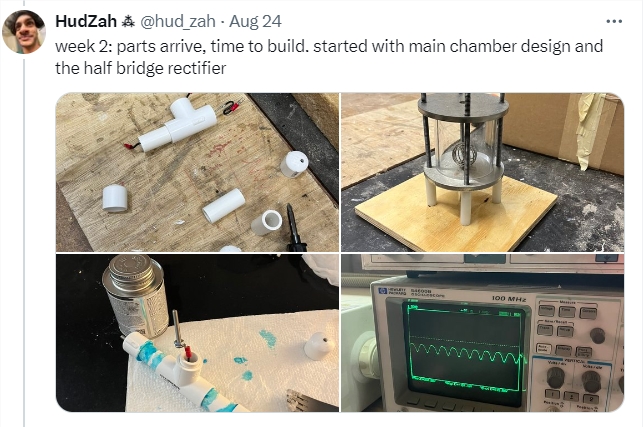
Hudhayfa's success is largely due to the help he received from top engineers, including chip designer Yash Karthik, computer engineer Aryan Afrouzi, Andy Kong and Ishan Goel of the University of Waterloo. Their assistance allowed Hudhayfa to avoid the risk of electric shock and complete key steps such as machining.
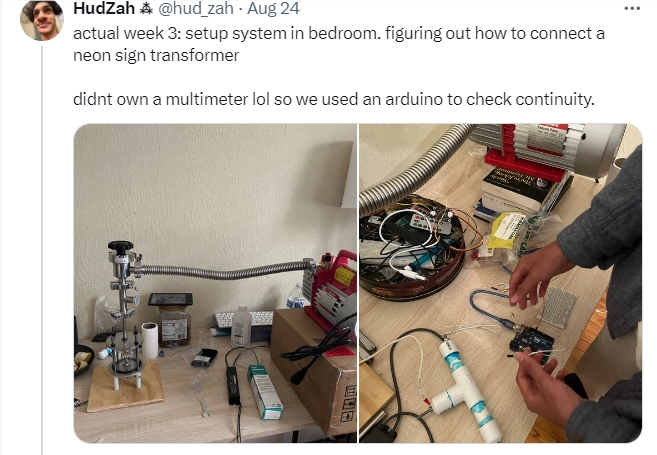
Although Hudhayfa's "nuclear fusion" experiment is still a long way off, Assistant Professor Michael Liesenfelt from the University of Tennessee gave a series of suggestions for improvements, including how to measure the leakage rate and improve the safety of the system. This is not only an affirmation of Hudhayfa's project, but also an encouragement for his future exploration.
Hudhayfa was also inspired by another scientist, Olivia Li, who also built a nuclear fusion reactor in her New York apartment. Olivia expressed her appreciation for Hudhayfa's achievement and believed that he was the only one who put it into practice.
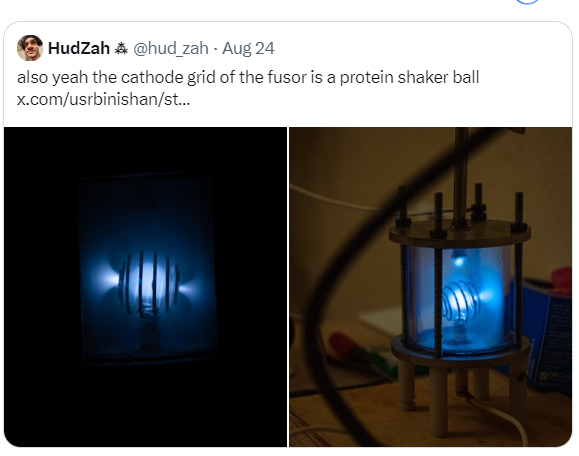
Simply put, the working principle of a fusion device is to use an electrostatic field to accelerate ions, causing them to move toward the center and fuse. Achieving this requires key elements such as high vacuum, high voltage and deuterium gas. Hudhayfa did thorough research before starting and consulted many online resources, especially a forum full of valuable information. In the end, he not only gained knowledge in the process, but also realized his technological dream.
Reference: https://www.oliviali.me/projects/fusion
Hudhayfa’s experience is inspiring, and it proves that with the assistance of AI technology, one can achieve impressive achievements in the field of scientific exploration even without a professional background. In the future, with the continuous development of AI technology, I believe more people will realize their technological dreams like Hudhayfa.